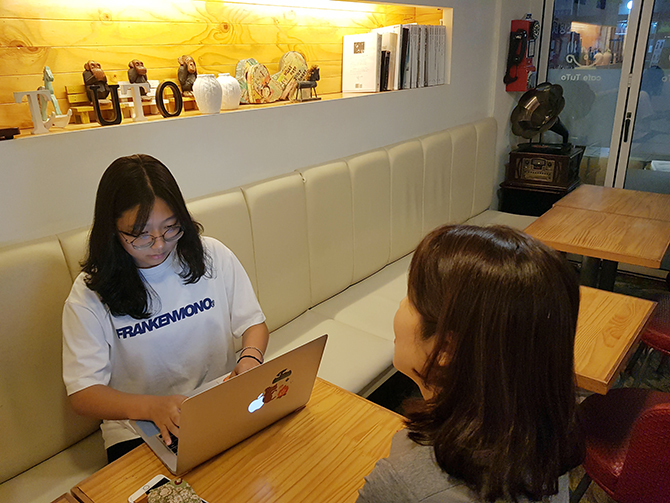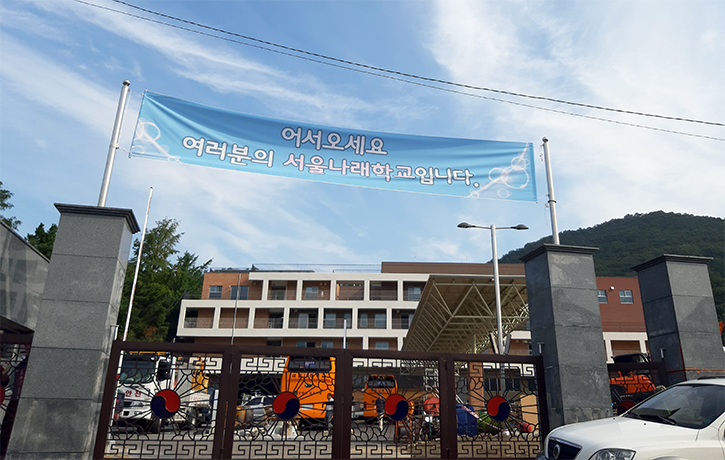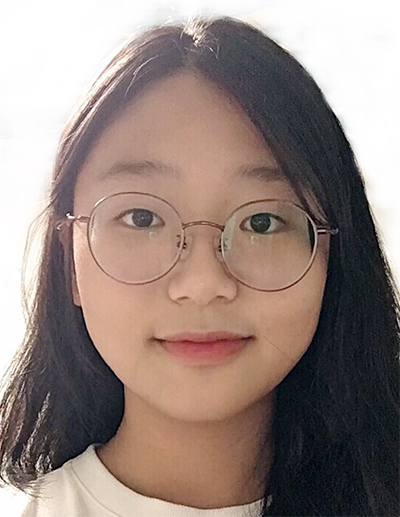Growing up from a parent who is a special education teacher, I have always had an awareness of the various issues related to the disabled students and kept up with the relevant news articles. Among the articles that I have read, the most powerful yet heart-wrenching one was about a public hearing that took place in September of 2017. The hearing was a public forum for the residents of Gangseo-gu to express their views on the construction of a proposed special school in Seoul. During this forum, the parents of disabled students knelt in front of the residents of Gangseo-gu present in the audience and plead them to approve the construction. This heartbreaking incident was covered by various press, making the public and the education office of the local governments to pay more attention to the need for special schools. (Additional information about this incident can be found in this article from the Korean Herald: http://www.koreaherald.com/view.php?ud=20170917000140&ACE_SEARCH=1)
After this event, the education office of Seoul started to support the establishment of special schools in western Seoul, which includes Gangseo-gu and Seocho-gu. As a result, a public special school named Narae School could be constructed in Seocho-gu, finally opening on the second of this September. Celebrating this significant foundation of the school, I had a great opportunity of interviewing my mother who is a special education teacher in Narae School, Eunsoon Heo.

“Special education is education for handicapped students. We, special education teachers, provide basic education such as math or social studies accordingly to the degree of the student’s disability or their intelligence,” stated Ms. Heo. She explained that special education includes not only subjects learned from textbooks, but also social training such as how to use public transportation or buy things from convenient stores. According to Ms. Heo, “Special schools are created to provide appropriate educational service and rehabilitation to the students. They have facilities that create a safe education environment such as ramps, elevators, and physical rehabilitation facility.”

Sixty six students, both primary and secondary students, are planned to be admitted to Narae Special School on September 2, 2019. The school will provide professional and specialized education for each student and also practical job training lessons for secondary students. For severely disabled students who cannot come to school, the teachers will personally visit the student’s house and provide the same service.

Even though there are professional special schools and special education teachers in South Korea, many disabled students are unable to enjoy this privilege. Among twenty five self-governing districts in Seoul, only eight possess public special schools. The disabled students in other districts have no choice but to attend regular public schools or special schools located outside of the student’s district. The former option exposes the student to various difficulties such as lack of special facilities, lack of special programs, and the inevitable discrimination from their peers. The latter option is also hopeless. The student will have to inordinate amount of time and energy — something regular people cannot even imagine — just to attend school. To make matters worse, majority of the special schools in Seoul are suffering from overcrowded classes and lack of special education teachers.
Another factor that hinders the establishment of more special school is the NIMBY phenomenon. NIMBY, which stands for ‘not in my backyard,’ is a term for the behavior of residents opposing the construction of unwanted facilities — special schools in this case. This behavior is a huge obstacle for the construction of special schools in Seoul, and one example is Seo-jin Special School. This school located at Gangseo-gu was expected to be opened in March of 2019, yet it was postponed to March of 2020 because of the persistent civil petition against it by the residents of Gangseo-gu. In thinking about the case of Seo-jin Special School, Ms. Heo feels “weak-kneed about this NIMBY phenomenon and the government should quickly come up with a policy to ensure the foundation of special schools, including Seo-jin Special School.”
Ms. Heo feels fortunate about the construction of Narae School. “I feel so happy since 44 teachers, including myself, worked so hard to make it happen, always staying late for nearly 2 months,” said Ms. Heo. She also added that “I would also like to appreciate the residents of Seocho-gu who came up with the decision to support the construction of the Narae School.”
Throughout the interview, Ms. Heo continuously stressed the importance of securing the right of disabled students in South Korea. The very first step of supporting the disabled to successfully fit into the society is providing professional education in special schools. These practices are not only necessary for the disabled themselves but also for the Korean society at large. More numbers of special schools will allow more disabled citizens to participate in our society as productive members. Ms. Heo would like to shout out to the people, “Disabled people are not different from their neighbors. They are just in need of professional caring and education from special education teachers to become productive members of our society. Special schools are the first responders to give these supports.”

Moonyoung (Rosy) Bang
Sophomore (Grade 10)
Gangnam International School

